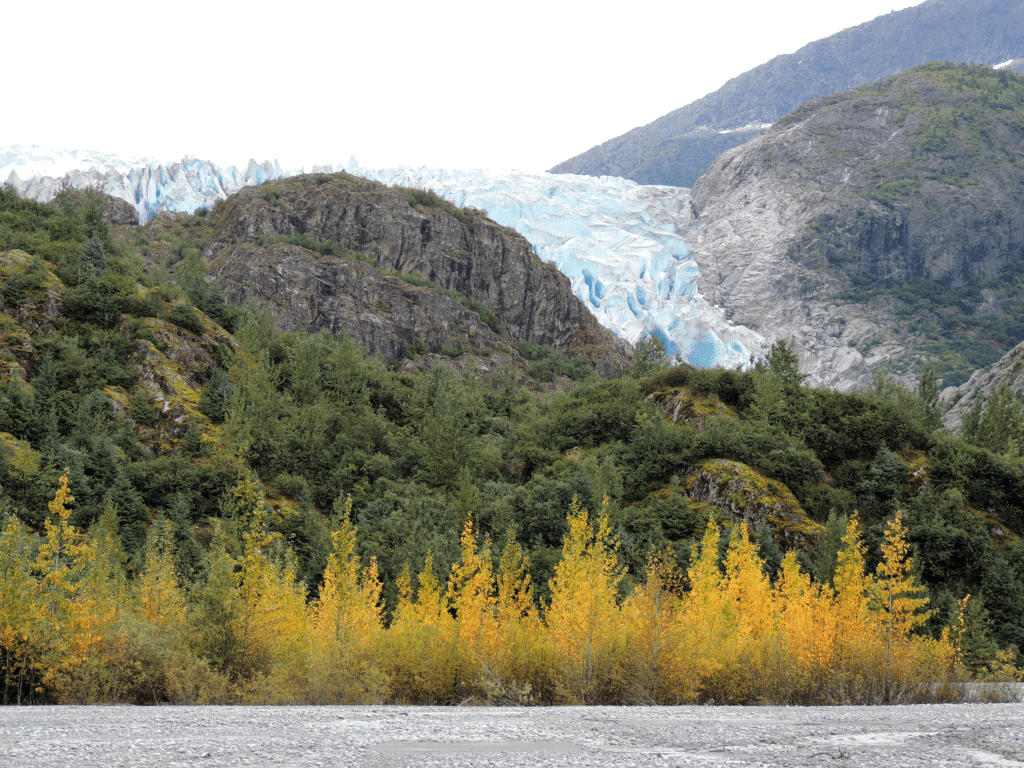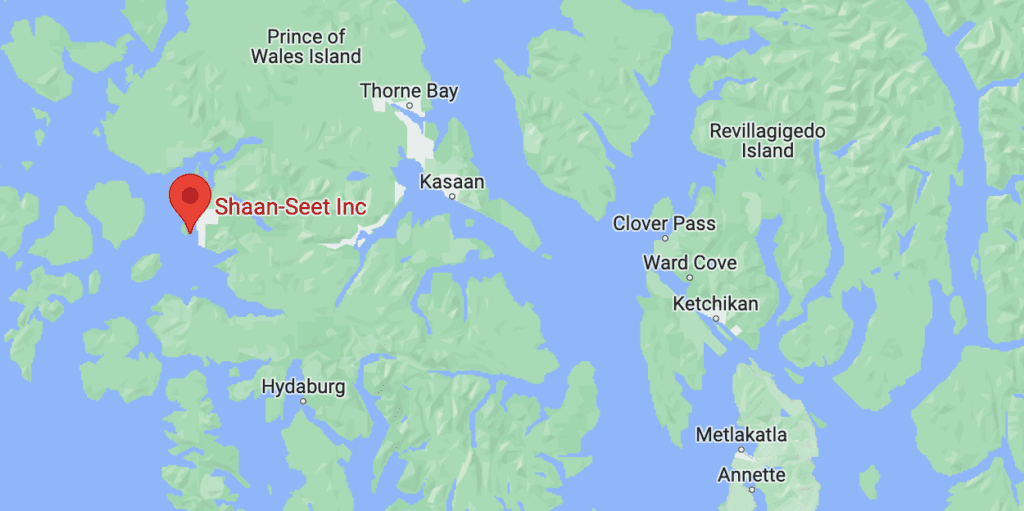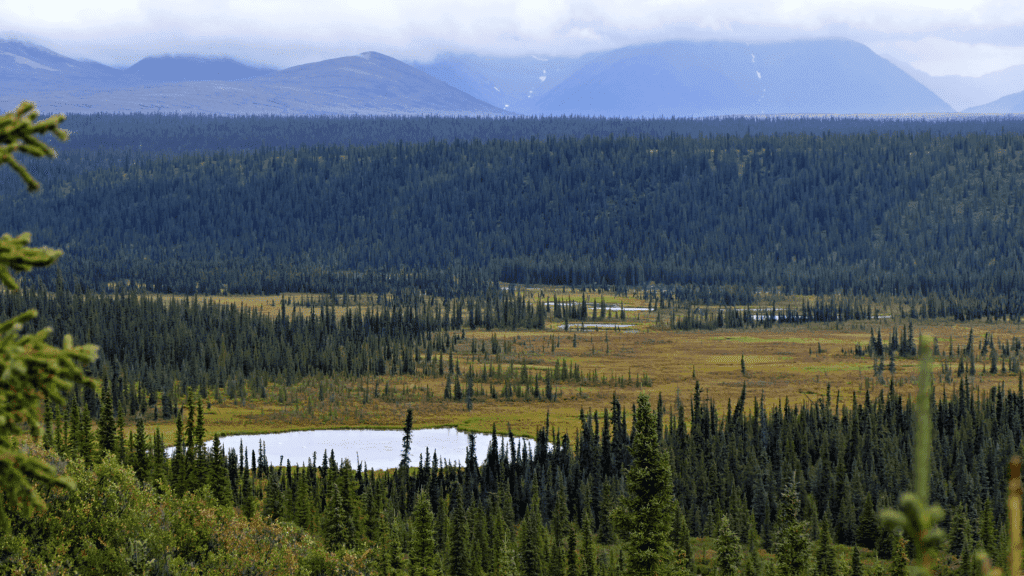Shaan Seet Improved Forest Management


Certified Offset Portfolios
Buying high-quality carbon offsets has never been easier. Explore CBCO Portfolio 22-1 and get instant access to fully vetted carbon offsets.
CBCO 22-1 Project Feature: Shaan Seet Improved Forest Management
Carbon offsets from the Shaan Seet Improved Forest Management project in Alaska are included in CarbonBetter Certified Offset (CBCO) Portfolio 22-1, and this post shares details about the project. Click here to read other stories about projects in CBCO Portfolio 22-1. Improved Forest Management (IFM) has significant, proven potential for being an effective carbon sink to mitigate climate change and achieve carbon neutrality. Between 2001 and 2019, forests absorbed approximately 16 billion metric tons of carbon dioxide (CO2), a net of 7.6 billion metric tons per year—more than twice the CO2 that was released by forests in that timefreame. Only 27% of these sequestered carbon emissions occurred in protected areas, which stresses the need for more conservation of forests. Globally, forests are considered an overall carbon sink, but each forest varies as to how much carbon it can sequester due to the trees’ age, location, size, species, acreage, and other factors.
First listed and verified in 2019, the Shaan Seet Improved Forest Management project is a carbon offset project located off the coast of southeastern Alaska on Prince of Wales Island. Historically, this forest area was used for subsistence purposes by Alaska Natives and then for commercial timber in the 20th century. With the land controlled by Shaan Seet, Inc. through a transfer under the terms of the Alaska Native Settlements Act (ANCSA), the native corporation will conduct forest management practices representing a significant improvement in the carbon storage and conservation of the forest. The project ensures long-term sustainable, natural forest growth which could otherwise undergo significant commercial timber harvesting.
Shaan Seet Carbon Offsets Are Included in CBCO 22-1
CarbonBetter Certified Offset Portfolios allow you to participate in a variety of projects, geographies, and technologies in one simple transaction rather than navigating a lengthy and complex RFP process with multiple organizations.
Learn More About CBCO 22-1About Carbon Offsets
Carbon offset projects allow individuals, governments, and companies to reduce their carbon footprint by investing in climate-friendly projects located around the world through the purchase and retirement of carbon offsets issued by those projects. Not all carbon offset projects are created equal, but the carbon offset market is booming as more companies make commitments to sustainability and work towards net-zero.
A carbon credit is a financial instrument that represents ownership of one metric ton of carbon dioxide equivalent that can be transferred, traded, sold, and ultimately retired. This credit represents an emission reduction or avoidance of one metric ton of carbon dioxide (CO2) or another greenhouse gas (GHG) in CO2 equivalent (CO2e), and carbon emissions are “offset” once the carbon credit is retired. In 2020 alone, companies bought more than 93 million carbon credits. By 2030, the combined voluntary and mandatory carbon credit market could add up to $100 billion, a huge increase from $300 million in 2018. Purchasing carbon credits is how companies invest in carbon offset projects to reduce their carbon footprint.
We encourage organizations to reduce what they can and then offset the harder-to-abate emissions using carbon offset credits. The amount of emissions avoidance or sequestration that a carbon offset project can deliver is verified by the issuing carbon offset program, and carbon offset credits are then issued that entities can purchase.

Image courtesy of Matt Artz.
Using Carbon Offset Credits to Reach Sustainability Goals
Companies make voluntary and/or mandatory sustainability commitments, depending on whether or not they are a regulated entity that’s required to participate in a carbon trading scheme. Regardless of the type of commitment, carbon offsets help companies become low-carbon or meet net-zero goals. Corporate climate commitments typically address both direct and indirect carbon emissions, so buying carbon offset credits in combination with carbon reduction can be a smart strategy for decarbonization.
“The Shaan Seet Improved Forest Management carbon offset project contains over 8,900 acres of old-growth, hemlock-spruce forest that provides critical ecosystem services, including significant climate benefits through carbon sequestration.”
About THE SHAAN SEET IFM PROJECT
Project Location
In southeastern Alaska, the Shaan Seet Improved Forest Management carbon offset project contains over 8,900 acres of old-growth, hemlock-spruce forest that provides critical ecosystem services, including significant climate benefits through carbon sequestration. This area is part of a much larger land holding of 23,040 acres received by Shaan Seet, Inc. under the terms of the Alaska Native Settlements Act (ANCSA). Projected to be a 40-year term project, the project area meets the definition of “forestland” condition per the USDA Forest Inventory and Analysis (FIA) with a minimum of 10% forest cover (or equivalent stocking) by live trees of any size.

Image courtesy of Google Maps.
Project Registry
Registered on the American Carbon Registry (ACR) with a 2020 vintage, the Shaan Seet Improved Forest Management project, which is owned by an indigenous organization on private land, protects nearly 9,000 acres of Alaskan forest land against increasing pulpwood demand in the region. The project started on January 10, 2019, and was registered on March 29, 2021.
UN Sustainable Development Goals
IFM benefits the local community as a low-carbon development strategy by directly and indirectly supporting the following UN Sustainable Development Goals (SDGs):
- SDG 1: End poverty in all its forms everywhere.
- SDG 2: End hunger, achieve food security and improved nutrition, and promote sustainable agriculture.
- SDG 5: Achieve gender equality and empower all women and girls.
- SDG 6: Ensure access to water and sanitation for all.
- SDG 13: Take urgent action to combat climate change and its impacts.
- SDG 15: Sustainably manage forests, combat desertification, halt and reverse land degradation, halt biodiversity loss.
Project Technology
The project maintains sustainable CO2-sequestering forest stocks through IFM. The UN’s Food and Agriculture Organization (FAO) defines sustainable forest management as a “dynamic and evolving concept, which aims to maintain and enhance the economic, social and environmental values of all types of forests, for the benefit of present and future generations.” IFM is about caring for and managing forests to provide natural resources for the present and future generations, such as ecosystem services that enable clean drinking water, preserving critical habitats for forest species, and keeping beautiful landscapes intact. IFM works holistically by being concerned with all parts of the forest—water, trees, flora, fauna, and soils—and not only viewing the trees as a timber product. Also, it helps protect the forests from disease, wildfire, pests, and from being harvested without care to the ecosystem as well as for preserving special forests for their unique characteristics.
The Shaan Seet project sequesters carbon through IFM practices that maintain forest carbon sources and sinks. The GHG removal amounts are quantified based on the inventory of the standing stock in the project area at the time of verification, which was a sample of 93 nested, fixed-radius circular plots installed in a systematic grid across the project and estimated to be 1,479,664 tCO2 (= 166.41 t CO2/ac * 8,891 acres) and verified total GHG assertion of 99,050 tCO2e for the Reporting Period 2.
Shaan Seet, Inc.’s forest management practices represent a significant improvement in the carbon storage and conservation value compared to the higher-return but more aggressive regimes used on industrial private lands in the region, which are characterized by shorter, even-aged rotations. The Shaan Seet project has no ongoing timber harvesting, so it does not require recertification.

Image courtesy of Joris Beugels.
Project Co-Benefits
IFM projects offer several key co-benefits to their communities. Often, corporate logging creates tensions and conflict between the community and the external corporate interests that are driven by their short-term profits.
- Increases employment opportunities. This project helps the hiring of technically-trained staff, providing opportunities for better training of current staff, and more income for the local community as well as an increase in jobs in the tourism industry.
- Decreases risk of harm on the job. Often third-party certification schemes require better labor protections for forest management workers. Traditional timber-harvesting jobs are very dangerous. In 2019, it was considered the highest-risk occupation in the U.S. with fatal accidents occurring 28-times higher than the all-worker rate of 3.5 fatalities per 100,000 full-time equivalent workers.
- Ecosystem and habitat protection. The Shaan Seet project helps maintain native-forest biodiversity; reduces the likelihood of deforestation; protects habitats for forest, plant, wildlife, and aquatic species, including 40 salmon-bearing streams; and provides key ecosystem services to maintain a healthy environment. Additionally, it protects from soil erosion and degradation by keeping the forest stocks intact and the soil remains.
- Sequesters carbon and avoids carbon pollution. This project sequesters carbon emissions as well as prevents carbon emissions by preserving the forest stock, which helps mitigate climate change.
- Water quality protection. The project provides water quality protection benefits, which include watershed management, erosion control, reduced flood risk, and improved water quality that Shaan Seet Inc. monitors.
- Access to recreation opportunities. Although located on private land, it provides access to hunting, fishing, hiking, and other outdoor recreational opportunities for the community.
Significantly, the Shaan Seet project has no anticipated negative community or environmental impacts, which must be disclosed in the monitoring plan.
Want to be a part of the Shaan Seet story by purchasing carbon offsets to support this project? CarbonBetter offers its innovative Certified Offset Portfolios for your offsetting needs. The portfolio includes vetted, certified, and verified carbon offset projects that also offer co-benefits for their host communities. Contact us today for more information.
